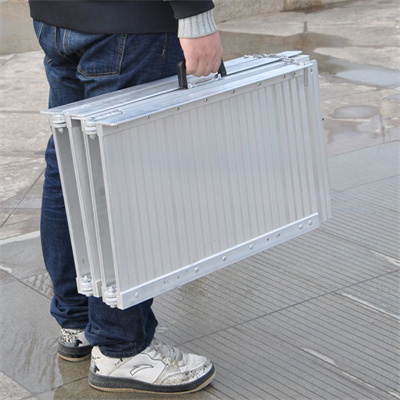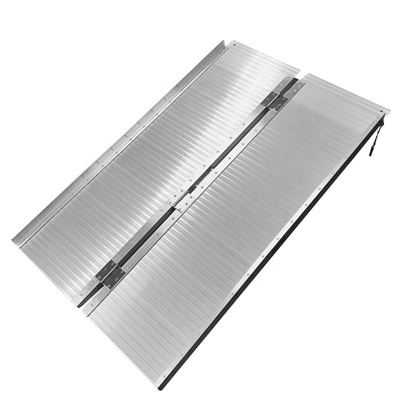Adaptive living home modifications are essential for wheelchair users to ensure their homes are accessible, safe, and comfortable. These modifications enable individuals with mobility impairments to maintain their independence and move freely within their living spaces. Here are some common adaptive home modifications for wheelchair users:
- Ramps and Lifts:
- Install ramps with proper slope and handrails at entrance points to eliminate steps or uneven surfaces.
- Consider vertical platform lifts or inclined platform lifts for access to different levels of the home.
- Widened Doorways and Hallways:
- Widen interior doorways and hallways to accommodate wheelchair dimensions (usually a minimum of 32 inches wide).
- Remove obstructions and obstacles that may impede movement.
- Accessible Bathroom:
- Install a roll-in shower with a built-in bench and grab bars.
- Lower the sink to a wheelchair-accessible height.
- Install an accessible toilet with grab bars.
- Use non-slip flooring.
- Kitchen Modifications:
- Lower countertops and sinks to wheelchair height.
- Create knee space beneath countertops for seated use.
- Install pull-out shelves and drawers for easy access to kitchen items.
- Bedroom Adjustments:
- Lower the bed for easy transfers.
- Ensure adequate space around the bed for maneuvering the wheelchair.
- Install reachable shelves and storage units.
- Accessible Closets:
- Adjust closet rods and shelves to a lower height for easy access.
- Consider open shelving or accessible organizers.
- Lever-Style Door Handles:
- Replace traditional doorknobs with lever-style handles for easy operation.
- Accessible Light Switches and Outlets:
- Lower light switches and electrical outlets to wheelchair-accessible heights.
- Use rocker switches for easy operation.
- Accessible Windows:
- Install accessible window controls and handles within reach.
- Flooring:
- Choose flooring materials that are easy to maneuver on, such as hardwood, laminate, or low-pile carpet.
- Eliminate uneven transitions between different flooring surfaces.
- Grab Bars and Handrails:
- Install grab bars and handrails in key areas, such as hallways, bathrooms, and along staircases.
- Ensure they are securely anchored to support weight.
- Lever-Style Faucets:
- Replace traditional faucets with lever-style handles for ease of use.
- Accessible Appliances:
- Opt for appliances with front-mounted controls and features that are easy to reach from a seated position.
- Smart Home Technology:
- Incorporate smart home technology for controlling lighting, temperature, and security systems through voice commands or mobile apps.
- Emergency Preparedness:
- Ensure accessible exits and evacuation plans in case of emergencies.
- Install smoke detectors and fire alarms that provide visual and auditory alerts.
- Home Evaluation:
- Conduct a home evaluation with the assistance of an occupational therapist or accessibility expert to identify specific needs and recommendations.
- Modular or Adjustable Furniture:
- Use modular or adjustable furniture that can be reconfigured to accommodate changing needs and preferences.
- Consult a Professional:
- Consult with an accessibility specialist, contractor, or occupational therapist to ensure that modifications meet your specific needs and comply with accessibility standards.
- Permit and Code Compliance:
- Obtain any necessary permits and ensure that all modifications comply with local building codes and regulations.
Adaptive living home modifications not only improve accessibility but also enhance the overall quality of life for wheelchair users by providing them with a safe, comfortable, and fully accessible living environment. It’s important to tailor modifications to individual needs and preferences while considering long-term adaptability.




















